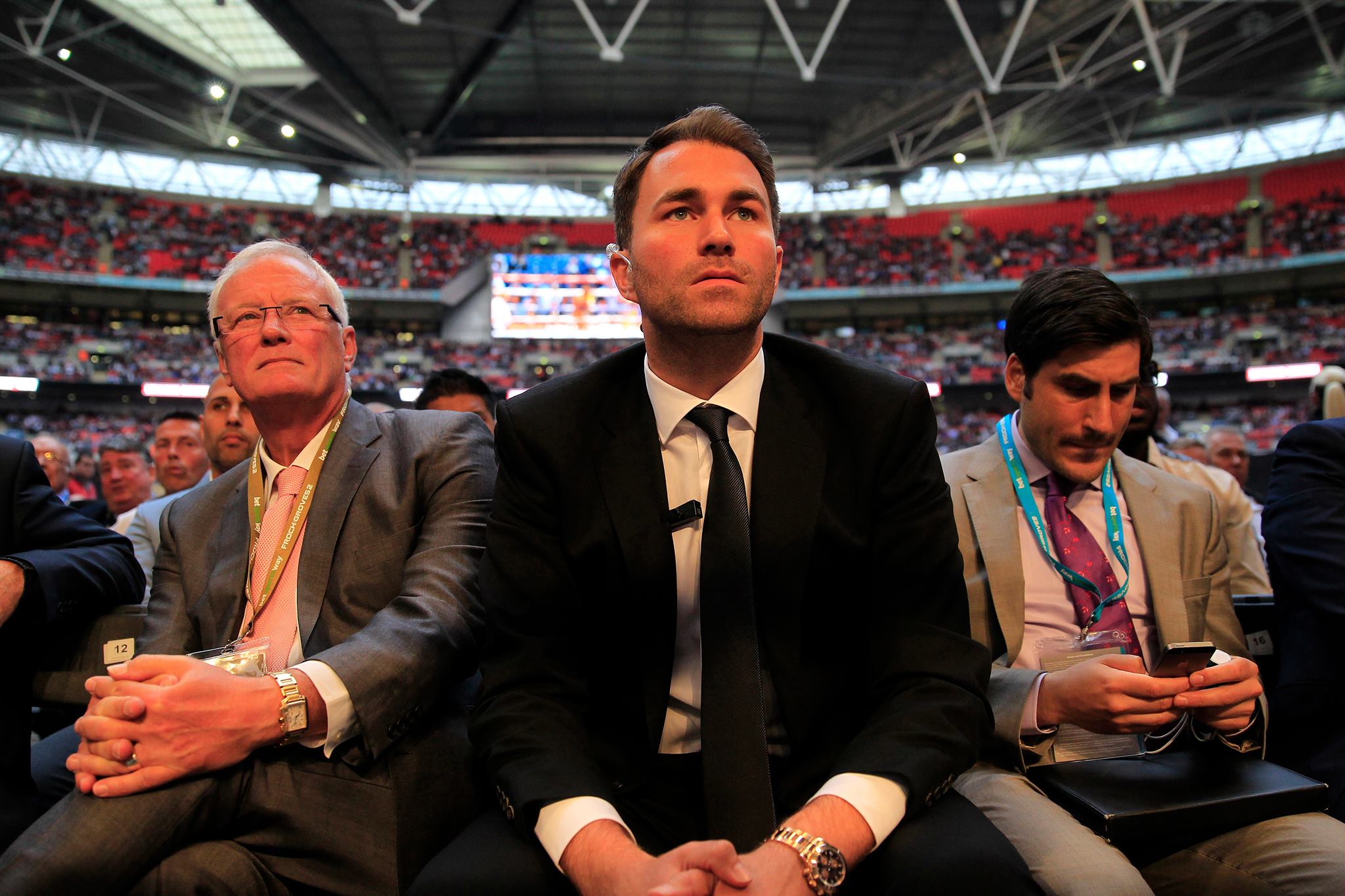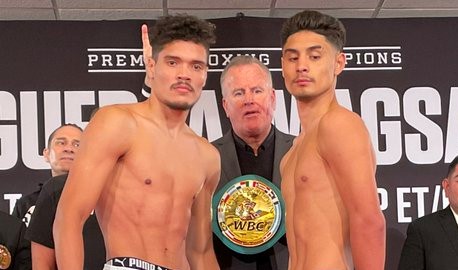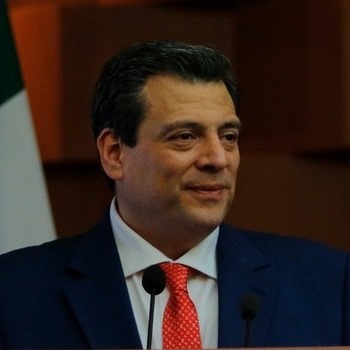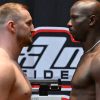The presence of writer-director John Milius provided some “star power” for the Ultimate Fighting Championship with investors and within some elements of the entertainment industry, but Milius was not a name that was going to add much in the way of cachet with the general public or the martial arts community. When it came to dressing up its first event, Art Davie, SEG and the UFC went after someone with a lot of crossover glamour.
It is safe to say that Bill “Superfoot” Wallace was one of the biggest names in the world of martial arts in the 1970’s and 80’s. Wallace was an outstanding competitor, for sure, winning plenty of national titles in point karate, including three USKA Grand Nationals. He also gained some additional mystique as one of Elvis Presley’s karate instructors, as the King was an ardent fan, even once flying in an acupuncturist to treat Wallace at Graceland following an injury to his leg. And it was reported that Wallace, serving as a bodyguard, was the person who discovered John Belushi’s body after the “Saturday Night Live” star’s overdose.
In the world of kick boxing, Wallace was one of the early stars, along with people like Joe Lewis and Benny “The Jet” Urquidez. Turning professional in 1972, he won 23 straight fights without a loss. Wallace was the middleweight champion of the PKA (Professional Karate Association) before retiring from competition in 1980, just before the sport found its biggest level of popularity.
But Wallace’s legend persisted, as he was in demand for exhibitions, seminars and film work around the world. He appeared in movies like “A Force of One” with Chuck Norris, “The Protector” with Jackie Chan and “Fight To Win” with Cynthia Rothrock. Intelligent and articulate, Wallace had a master’s degree in kinesiology from Memphis State University and was one of the more successful entrepreneurs in the martial arts community. He was such a signature figure that whenever the age-old subject was brought up about how a karate expert would do against a boxer, the name of “Superfoot” would invariably be brought up. In fact, one of those encounters was once supposed to take place in Miami Beach against the legendary boxer Thomas Hearns, but at the last minute promoters failed to come up with sufficient funds.
By the time of the first Ultimate Fighting Championship, Wallace was well into his forties, so, having retired 13 years earlier, he was not going to be of value as a competitor. But Davie and SEG decided to use him as one of three announcers for the pay-per-view telecast, along with football legend Jim Brown and another noted kick boxer, Kathy Long. Never mind that none of them were polished sportscasters or had ever handled play-by-play. Name association was important for the UFC at this point in time.
Wallace supplied what was probably the first embarrassing on-air moment for the UFC when he came on the air and introduced the event as the “Ultimate Fighting Challenge.” He also assumed the lead role on the mike and made numerous errors, which, needless to say, sent the UFC looking for someone else to do the play-by-play for the next show, which was scheduled for March 1994.


















